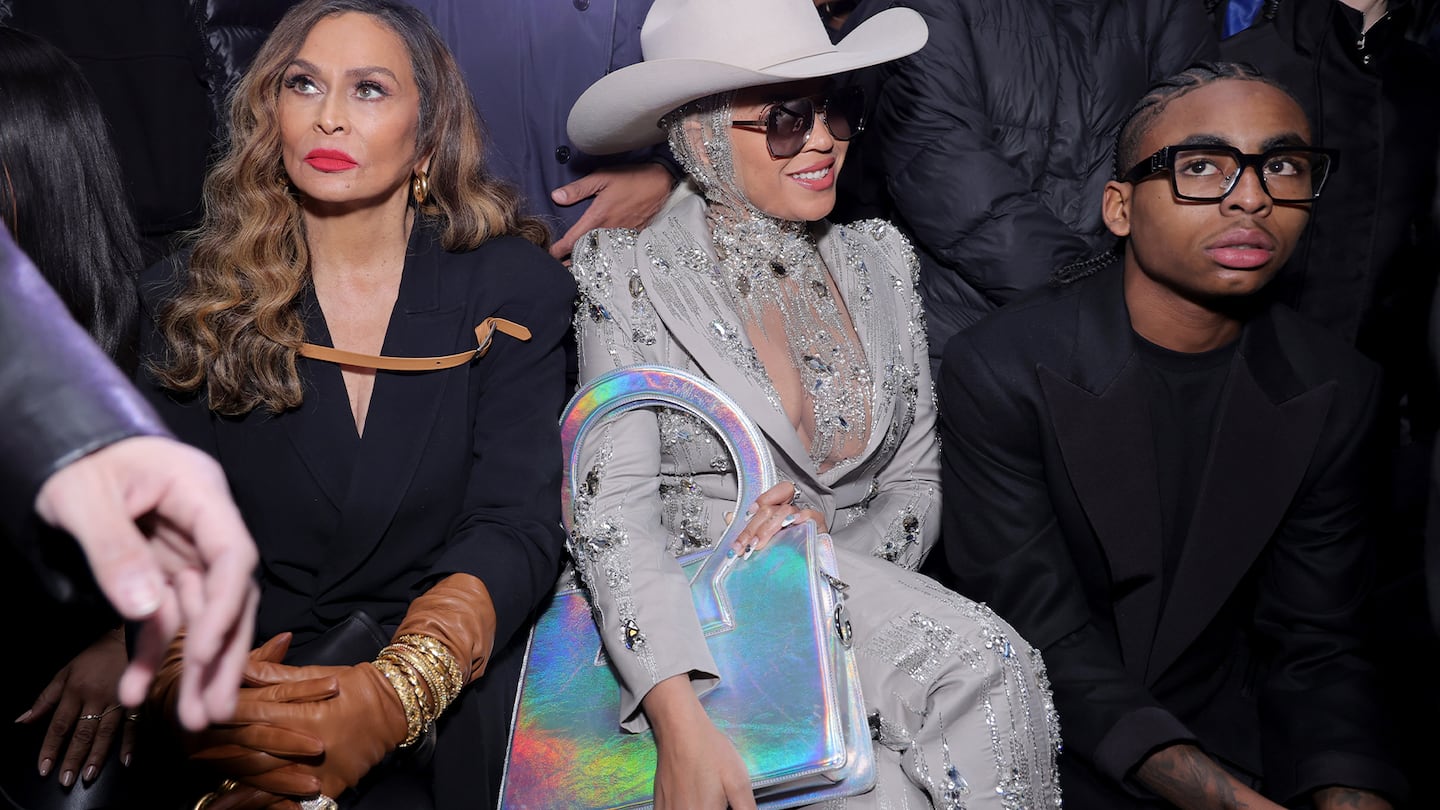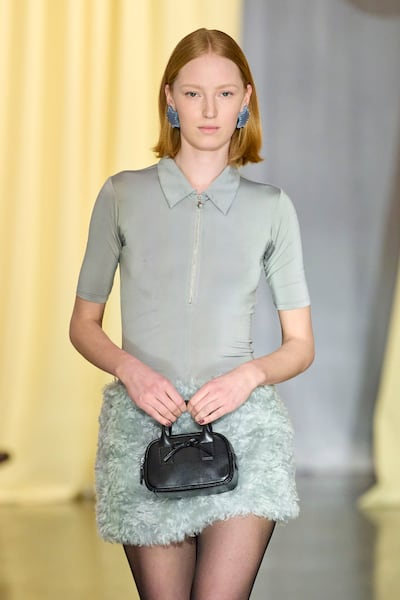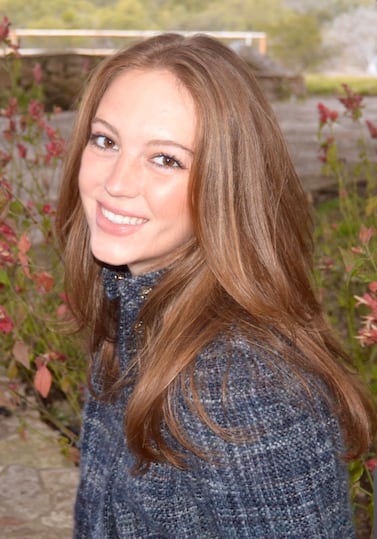
The Business of Fashion
Agenda-setting intelligence, analysis and advice for the global fashion community.

Agenda-setting intelligence, analysis and advice for the global fashion community.

For up-and-coming designers, fashion month began with a whimper — and in some cases, outright tears.
The latter made an appearance at the final runway for downtown New York favourite Puppets and Puppets, where some show-goers cried when designer Carly Mark took her last bow; facing dwindling cash reserves and a lack of investment, she is shutting down ready-to-wear and moving the brand’s more commercially viable handbags business to London. Elsewhere, the Brooklyn-based label Theophilio and AnOnlyChild, which makes apparel from deadstock and recycled fabrics, both cancelled their shows. The designer Elena Velez, who was recently named a semi-finalist for the LVMH Prize, forewent a runway show to stage a literary “salon” with attendees dressed in Velez’s latest collection discussing Margaret Mitchell’s controversial novel “Gone With the Wind,” which was critically panned.
Then came Beyoncé. Superstars of her calibre typically only pop up at the most massive of fashion shows (think the Louis Vuitton and Chanel). But on Tuesday night, she made a surprise appearance at the Luar show in the heart of Bushwick to watch models (including her nephew Julez Smith) walk the runway in designer Raul Lopez’s exaggerated-shoulder tops, glossy leather bottoms, heavily pocketed jumpsuits and sheer shirts. It was a coup for the brand, which helped make Luar one of the week’s most talked-about shows.
To build a fashion business from scratch, designers have to generate excitement, but ultimately, sell products. That’s getting even more difficult as retailers deal with their own mounting problems (just look at Farfetch) and conglomerates tighten their grip on the industry, a trend only set to continue as the two major American fashion players, Tapestry and Capri merge.
ADVERTISEMENT
“It’s hard to do business right now,” said Julie Gilhart, president of Tomorrow Projects. “Costs are high … [for retailers] there’s a lot of risk management, you only have so much room to experiment with new brands.”
The emerging brand curse is all too familiar: a new designer builds buzz and industry acclaim before they’re ultimately too weighed down by accumulating expenses to continue. The industry mourns and then the cycle begins again.
At New York Fashion Week, independent brands showed off their own attempts to avoid the curse by introducing revenue-driving categories, building buzz (and name recognition) with celebrities or even pulling back the curtain on the mechanics of running a brand. As London Fashion Week kicks off, UK-based creatives will look to do the same.
Emerging designers have long had a reputation for knowing how to flex their creativity and connect with a niche audience, but to stay in business, they need to make products that people actually will buy.
“It’s critical [for brands] to know who they’re designing for, and to focus on the essence of their statement,” said Gary Wassner, CEO and founder of financing firm Hilldun Corporation.

This season, more brands debuted categories like bags and shoes meant to grow their bottom line and expand reach. New York designer Sandy Liang, for example, has developed a cult following for her feminine garments, with products like her ballet-inspired Mary Jane flats and bow-adorned bags made in collaboration with Baggu. This season, she appeared to capitalise on that interest by introducing a new pair of sleek black knee-high boots and the brand’s first leather bags.
At his show, CFDA menswear designer of the year winner Willy Chavarria also debuted bags and teased an upcoming shoe collaboration. They’re the latest category extensions for the brand: in September, he launched underwear. Chavarria will start spotlighting individual products more in marketing, he told BoF in January.
“I want my brand to get known for specific elements like tailoring, or having the most luxurious loungewear or underwear,” said Chavarria.
ADVERTISEMENT
To build on his hit “Ana” bag, Luar unveiled a sellable basics line of hoodies and leggings meant to bring his brand to more consumers.
“[Hero products are] something they can sell over and over again. It’s the status [symbol] for customers and a focal point to draw customers into your brand and its values,” said Gilhart. “It also helps keep the lights on while they’re growing the brand.”

This past New York Fashion Week also underscored the power of a celebrity endorsement. While Beyoncé fueled buzz for Luar, Area had its own moment in the spotlight on Sunday night, when, just hours after presenting a collection of shopper-friendly denim and googly-eyed dresses, Taylor Swift wore the brand’s jeans to watch boyfriend Travis Kelce win the Super Bowl.
On the other end of the spectrum, for some brands, opening up about the more unglamorous aspects of running a fashion business served as a form of marketing in itself. In the lead up to his show, Bach Mai, designer of his namesake “American couture” line, posted Instagram Reels documenting his process by day — bringing viewers along as he picked out fabrics and mixed music for the show.
“We love making beautiful images,” said Mai. “But in this social media age authenticity and personal connection is what’s driving engagement. People responded to what’s happening behind the scenes … it’s what we have to offer.”
AnOnlyChild designer Maxwell Osborne opened up in a post on Instagram about the hard decision to not show at New York Fashion Week because unexpected shipping delays meant it couldn’t produce a collection that felt up to par in time. The decision was met with praise in the comments.
Last September, London-based designer Dilara Findikoglu, who had been riding a wave of momentum after Margot Robbie and Hari Nef wore her designs to the “Barbie” premiere in London, cancelled her London Fashion Week show, citing financial constraints. But while she didn’t get her runway moment, Findikoglu spoke to the New York Times about her struggles, which she said ended up generating more buzz. Now, as she’s set to make her highly-anticipated return, she’s seeing more excitement from both retail buyers and customers than ever.
“It helped my business. People realised they have to be helping young designers … I sell the dream, but it’s important to talk about the reality of the system,” said Findikoglu.
Founder and creative director Catherine Holstein has learned firsthand that with great success comes even greater scrutiny. At her downtown Manhattan office, she opened up about what drives her designs, what’s next for the buzzy label and why she’ll never leave New York.
Above all, this New York Fashion Week will be remembered for floor-sweeping leather coats and ‘Queen Bey,’ writes Lynn Yaeger.
On the first three days of New York Fashion Week, runways full of perfectly respectable clothes were punctuated by flashes of something more eloquent, writes Lynn Yaeger.
Choosing who comes next is the important decision a designer can make. And at the New York-based brand, the appointment of creative director Wes Gordon has led to a rise in sales as the “ladies who lunch” aesthetic returns to the cultural conversation. Gordon and president Emilie Rubinfeld sat down with BoF to discuss how the brand pulled off the transition.

Joan Kennedy is Editorial Associate at The Business of Fashion. She is based in New York and covers beauty and marketing.
The Los Angeles-based accessories label has been a well-kept secret in the industry, but founders Yang Pei and Stephanie Li are hoping to change that through new acquisitions, opening brick-and-mortar stores and using AI to speed up the design and production process.
Designer Carly Mark sparked conversation about what it takes to make it as an emerging designer in New York when she announced she was shutting her ready-to-wear line and moving to London. On Thursday she held her last sample sale.
That’s the promise of Zellerfeld, a 3D-printing partner to Louis Vuitton and Moncler that’s becoming a platform for emerging designers to easily make and sell footwear of their own.
With a new heavyweight backer in Italian firm Style Capital — which helped Zimmermann secure a billion dollar valuation — the French contemporary womenswear brand has ambitions to go global. But it sits in a competitive and hard-to-crack category.